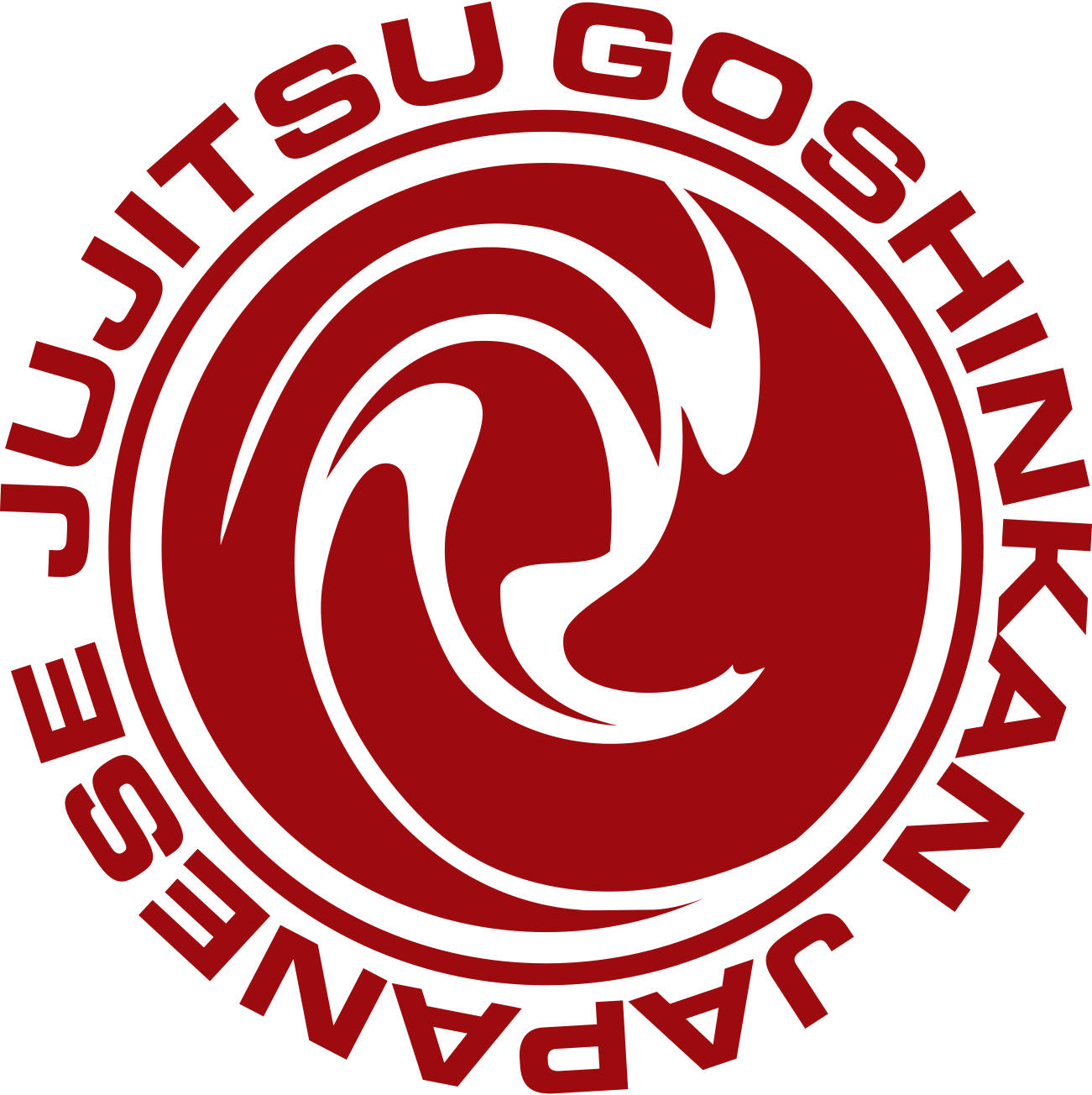There are many different styles of Ju-Jitsu (jiu-jitsu), each concentrating on a different aspect of the art. In its purest form, Ju -Jitsu comprises kicks, punches, nerve-centre pressure-point control, holds, joint locks, throws, and grappling. Ju Jitsu is arguably the most well-rounded combat art for self-defense.
In Japanese, Ju-Jitsu means "gentle (ju) art (jitsu)". The name refers not just to ju jitsu techniques, which are anything but "gentle", but rather to how you address a self-defense situation, including your state of being having reached a certain degree of proficiency.
Learning Ju-Jitsu allows you to adapt your response to best suit a given situation.
Ju-Jitsu was the hand-to-hand combat art of the Samurai, developed for use in close-quarters where it was not possible to wield a sword, and later when the Samurai were forbidden to carry swords in public.
Ju-Jitsu is the parent art to many modern martial arts, such as Aikido, Karate, Judo, many others. Below is a chart comparing a variety of self-defense techniques to different martial arts.
A skilled Ju-Jitsu practitioner is capable of defeating armed and unarmed assailants with as much force as necessary to stop an attack and prevent further attack. Ju-Jitsu continues to be an art worthy of serious study.
Learn more about Goshinkan-Ryu Ju Jitsu at www.GoshinMA.com. Goshinkan Ju Jitsu Dojo's are proud members of the governing body for Ju Jitsu in Alberta, The Alberta Ju Jitsu Association.
Goshinkan Ju-Jitsu Dojo's are proud members of the governing body for Ju-Jitsu in the United States under the United States Ju-Jitsu Federation (USJJF) and under the governing body for Ju-Jitsu in the world under the World Ju-Jitsu Federation (WJJF).

